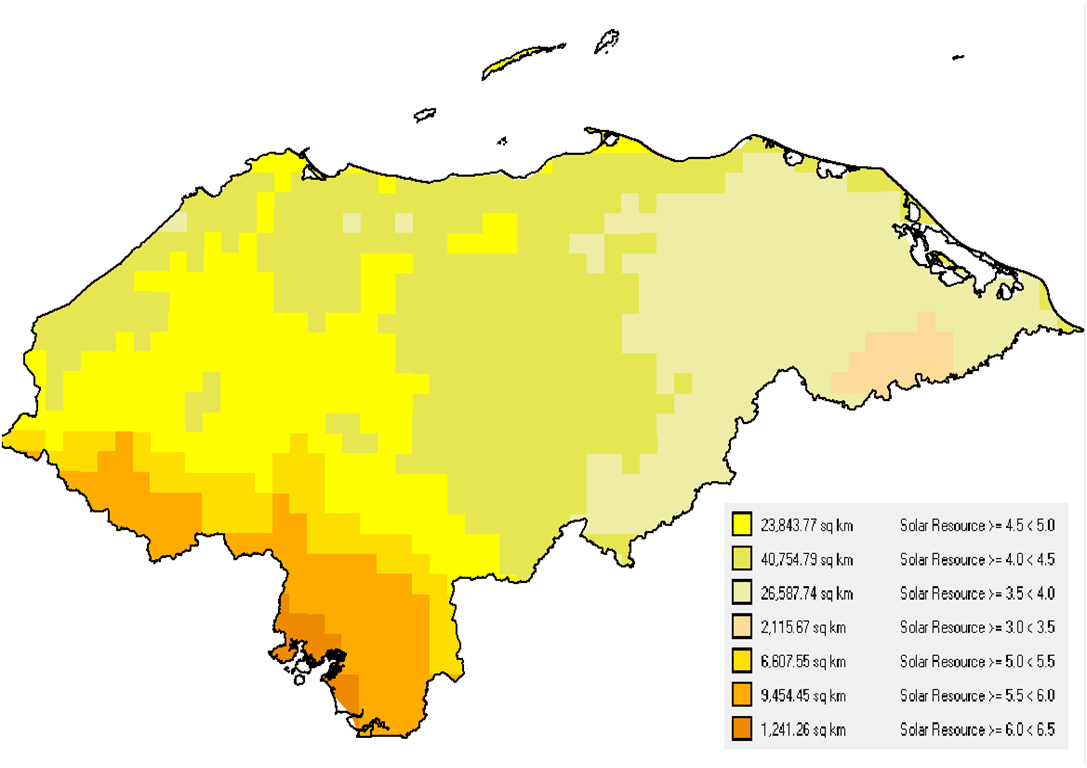Honduras is a country where news about massacres, multiple forms of violence, corruption, instability and political intrigues usually comes out and in which two thirds of its 8 million inhabitants live in poverty while the 10% who receive higher salaries, accounting for 42% of national income and poorest 10% only receives 0.17%.
However, there is a sector in which Honduras stands out at regional level: renewable energies and, especially, solar energy.
Honduran government introduced fiscal incentives for photovoltaic installations in 2013.
A tariff supplement for first 300 PV MW that entered into operation before August 1, 2015 was also approved.
In 2015, Honduras and Chile were the largest PV markets in Latin America.
At the end of 2017, total private capital investment for PV plants construction exceeded US$ 1,600 million.
Investment has been divided into 12 solar plants that are already operational and add up to 405 MW; 39% of country’s private sector renewable capacity, amounting to 1,047.07 MW.
In general calculation, 61% of country’s energy comes from renewables, and in 2017 it became the first country in the world with 10% solar energy in its electric mix.

Most emblematic project is Nacaome-Valle Solar Park, which generates the energy consumed by some 150,000 Honduran families every day.
It has 480,480 modules with capacity to produce up to 125 MW of alternating current (AC) peak power.
It took more than 1,000 material containers, US$ 240 million in investment and the help of more than 1,200 employees who changed shifts without stopping, to build and start operating the plant in less than 2 years.
Photovoltaic modules receive the radiation to generate between 600 and 850 V, in CC form. With use of inverters, this energy is converted into AC, which passes through transformers to raise its Voltage to 34.5 kV and distribute it around the park.
Finally, this current is transmitted to plant electrical substation, where voltage rises to 230 kV to be transmitted throughout the country by Central American Electric Network, which arrives from El Salvador, passes through Honduras and goes to Nicaragua. .
The Nacaome solar plant has been an engine of economic, scientific and academic development for Honduras people and a monumental engineering work that has put Central American nation on sustainable energy industry international map.

Construction of Los Prados solar park, which would have 53 MW and should have started operations at end of 2016, is being halted by local residents protests who fear possible damage to their people caused by the park.
A solution is currently being sought between authorities and settlers, since everything is ready for work execution, but news is not encouraging.
All you need is Sun. All you need is Sopelia.


